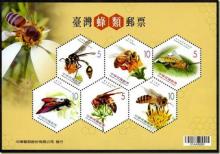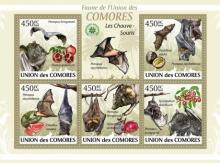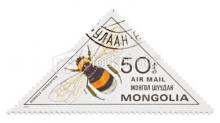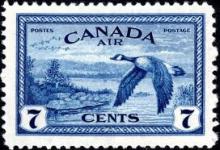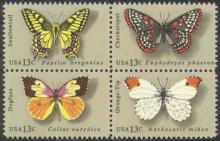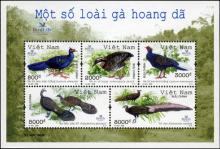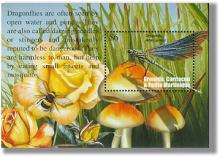EPA denies petition claiming clothianidin's conditional registration was unlawful - The beekeeping community is outraged and perplexed
EPA has denied an emergency citizen petition filed March 20 that aimed to ban clothianidin because of the "ongoing and imminent harm" the neonicotinoid seed treatment allegedly poses to bees and other pollinators. Responding on July 17 to the emergency petition, EPA Office of Pesticide Programs Director Steven Bradbury details the multiple way in which the agency believes the petition fails to meet the various statutory and scientific hurdles that would be required for EPA to begin cancellation proceedings for clothianidin, a "widespread and common" pesticide in a class of insecticides used on 90% of total corn acreage planted in the U.S., as Bradbury writes (attached). The beekeeping community is outraged and perplexed. According to the Apiary Inspectors of America, the unsustainable honeybee losses in the USA have reached 30-33 percent. However, according to the working beekeeping community, annual losses are well over 50 percent, with many operations experiencing up to 100 percent turnover.

